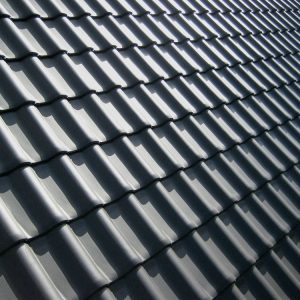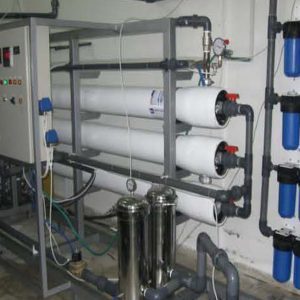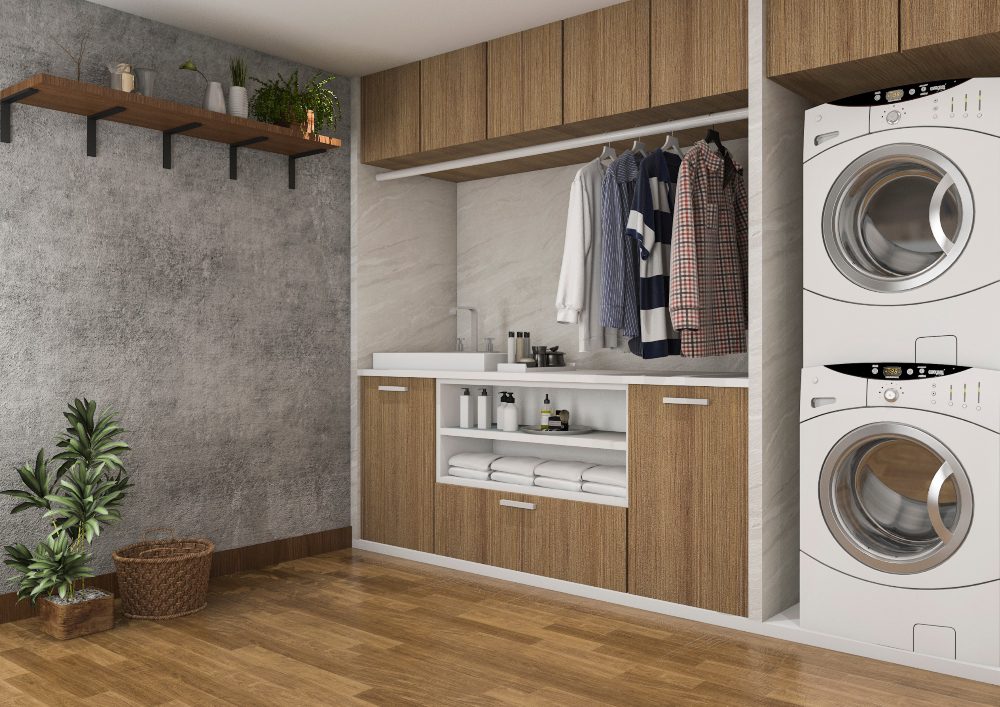
A laundry room renovation is a chance to turn a mundane chore into an efficient and enjoyable process. But like any home project, the road to that dream laundry room is fraught with potential mistakes.
Whether you’re starting from scratch or upgrading an existing space, it’s essential to plan wisely. Follow our guide to help you make a functional laundry room.
Contents
Choosing The Wrong Location
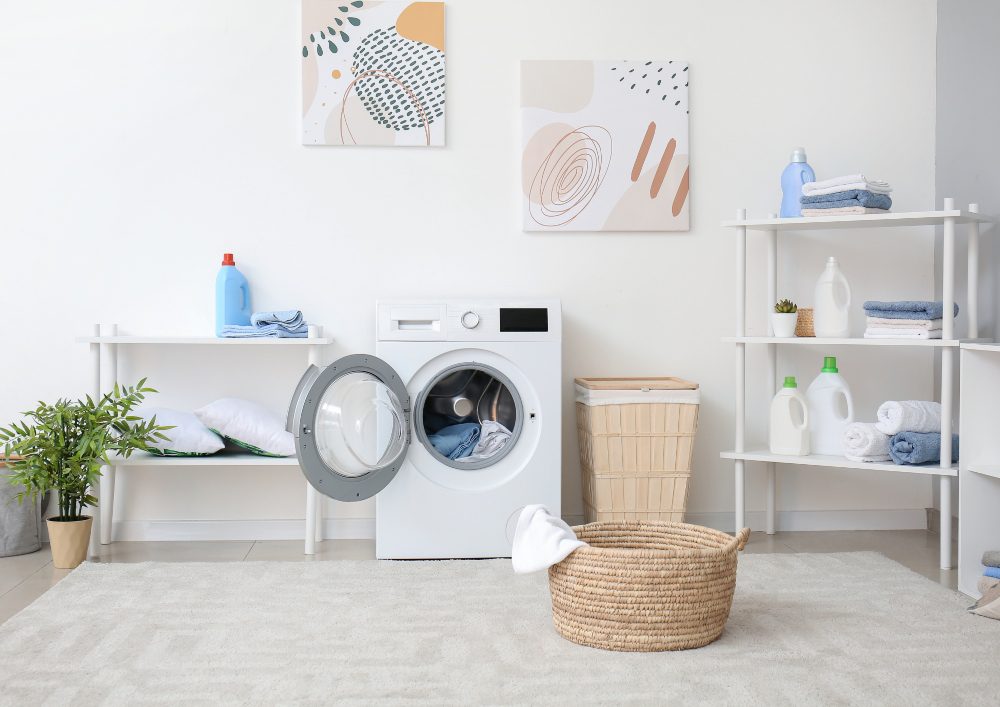
Why Location Matters
Choosing the wrong location for a laundry room is more common than you might think. Homeowners often make this error by prioritizing other rooms like the kitchen or living room.
The laundry room sometimes becomes an afterthought. Sometimes, the room is tucked away in a distant corner of the house, perhaps in the basement or near the garage. Convenience and accessibility are overlooked.
What happens if you make this mistake? First, you’ll find yourself lugging heavy baskets of clothes across long distances. Moving your laundry across the room consumes time and adds physical strain. The inconvenience can turn laundry, a routine task, into a dreaded chore.
A poorly located laundry room might also lack proper plumbing, electrical outlets, or ventilation. This mistake can result in higher renovation costs as you must reroute utilities to suit the new space.
Another issue is the noise factor. Laundry machines can be loud. The noise can become disruptive if the room is close to living or sleeping areas. Therefore, a wrong location can ripple effect, causing more trouble and expenses than anticipated. It’s not just about where the room fits; it’s about how it works in your life.
How to Find the Right Location
To avoid or fix the mistake of choosing a poor location, start by considering your daily routine. Think about the path you usually take to gather laundry from bedrooms and bathrooms. The ideal location should minimize this travel.
Near central areas or close to bedrooms and bathrooms would be smart choices. If you’re working with a multi-level house, decide if an upstairs or downstairs location makes more sense. Convenience should be a key factor in your decision.
Next, assess the utility connections available. Make sure there’s easy access to water, drainage, and electricity. Sometimes, pre-existing relationships can guide your choice. Renovating near these points will cut down on costs related to plumbing and wiring.
Ventilation is another concern. Look for a space where you can easily install vents or where natural airflow is available. Proper ventilation helps avoid mould and keeps the room fresh. Also, consider the noise factor. The laundry room should be far enough from living and sleeping areas to keep noise levels down.
Considering these factors, you can find a location that serves practical and functional needs. This careful planning upfront will pay off in the long run, making your laundry routine easier and more efficient.
Ignoring Storage Needs
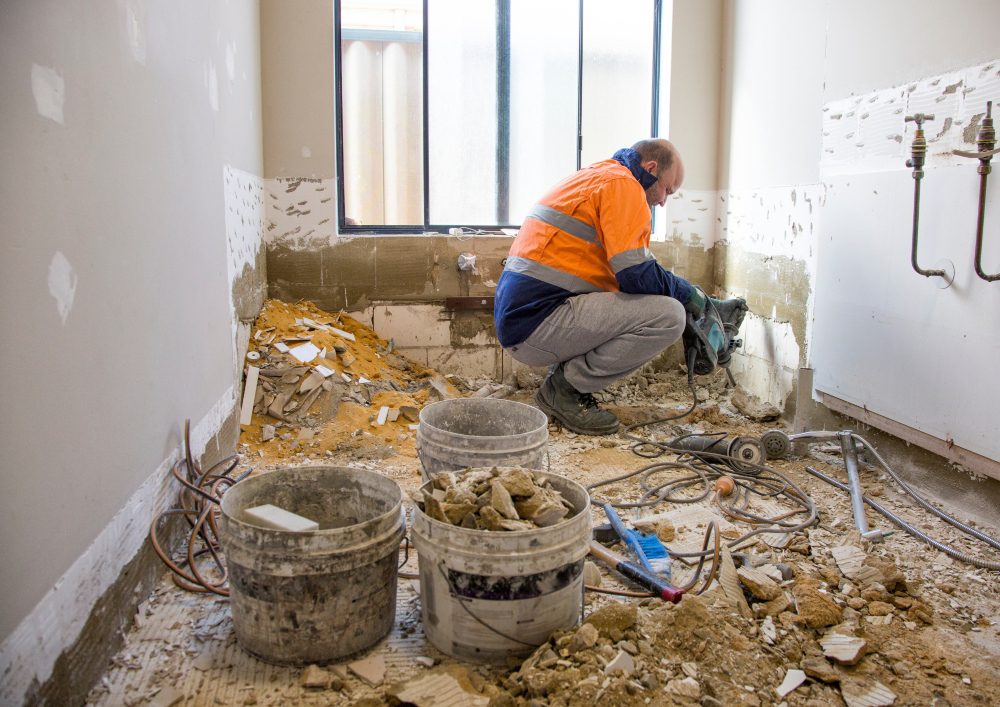
Not Finding Space For Your Belongings
So, you’ve got your shiny new washer and dryer, and you think you’re all set. But wait, where will you put your detergent or those pesky socks that always go missing? Storage is often the overlooked stepchild in laundry room makeovers, and that’s a real problem. Homeowners get excited about fancy machines but forget that those bottles of detergent and rolls of paper towels need a home, too.
It’s more than an “out of sight, out of mind” issue. When you don’t plan for storage, you set yourself up for a daily scavenger hunt. Your detergent ends up on top of the dryer. Fabric softeners get tucked into random corners, and good luck finding that stain remover when you need it.
And let’s talk about folding clothes. Without proper storage, you’ll find yourself draping clean laundry over chairs, the couch, or even the bed. Not ideal, right?
Thinking a couple of shelves will solve the problem? Think again. Storage isn’t just a ‘nice-to-have’; it’s a ‘must-have’ if you want to keep your sanity while doing laundry. Trust me, your future self will thank you.
Ignoring this vital aspect can lead to a frustrating laundry experience, turning what should be a straightforward task into a jumbled mess. Proper storage planning is not just a want but a need.
Smart Laundry Room Storage Solutions
Thanks to modern innovations, there are many places where your detergent, softeners, and other supplies can be called home.
Built-in Cabinets
Built-in cabinets are a go-to option for effective storage. They provide ample space for laundry supplies and can be custom-designed to fit the dimensions of your room. With cabinets, you can keep all essentials hidden yet accessible.
Open Shelving
Open shelving is another option that offers easy access to frequently used items. Shelves can go above the washer and dryer or on free walls. This solution helps keep things organized while adding a design element to the room.
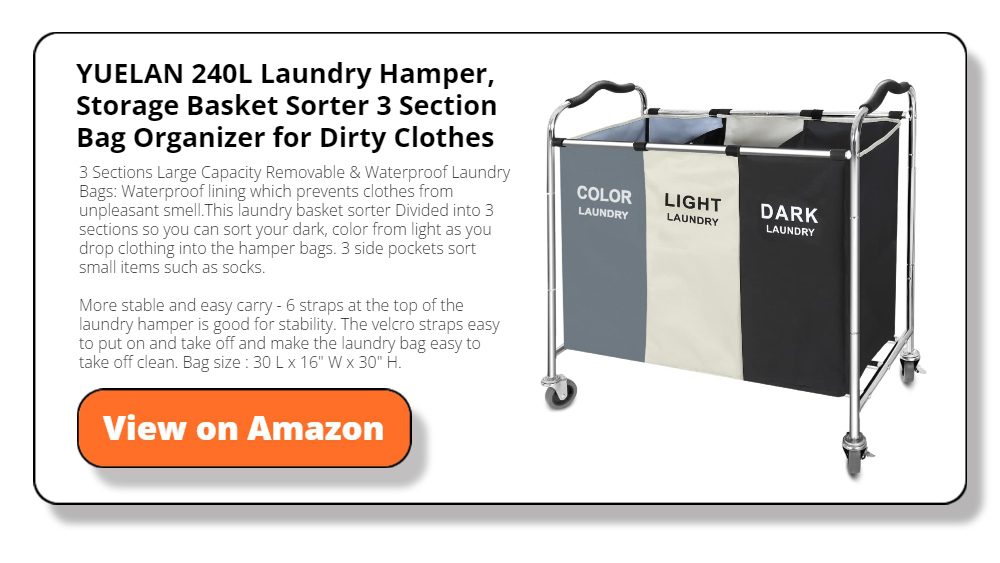
Laundry Sorters
Investing in a laundry sorter can streamline your laundry process. These bins come with multiple compartments to separate lights, darks, and delicates before you even start washing. They can be freestanding or built into a counter.
Wall Hooks and Racks
Don’t underestimate the power of wall hooks and racks. These are perfect for hanging items like ironing boards, brooms, or even clothes that need to air dry. Utilizing vertical space frees up floor area and helps keep things organized.
Poor Lighting Choices
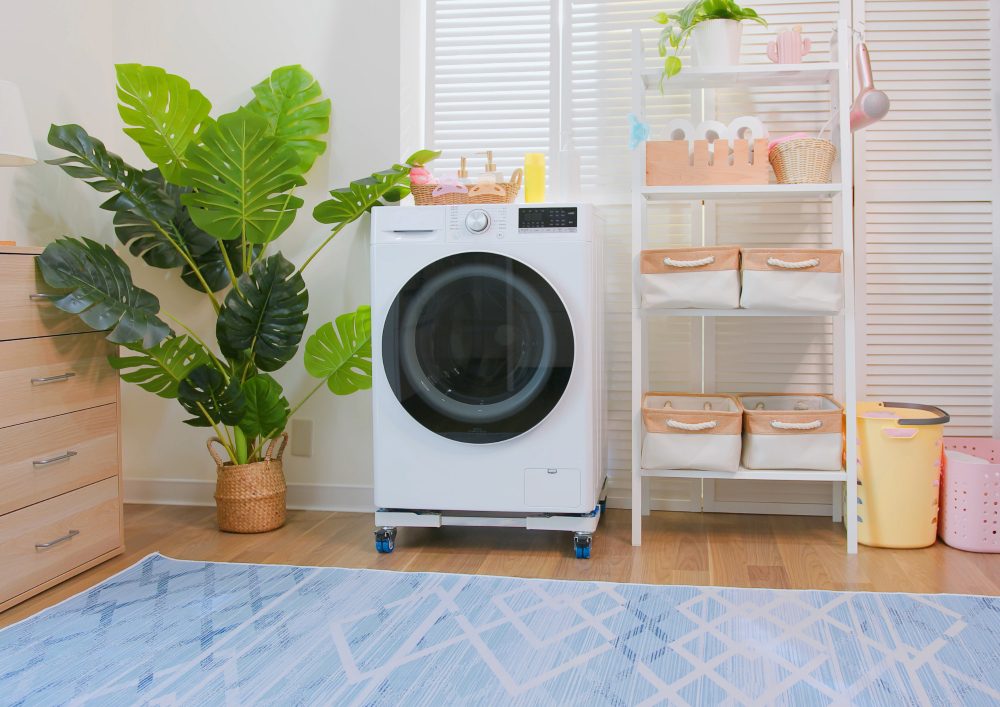
Doing Laundry in the Dark
Poor lighting choices are a frequent oversight in laundry room renovations. Homeowners often treat lighting as an afterthought, focusing more on appliances and storage.
However, insufficient or inappropriate lighting can significantly impact the room’s functionality. Laundry tasks like sorting colours, treating stains, and even reading care labels become more difficult in poor light.
Inadequate lighting can create eye strain and contribute to mistakes like mismatching socks or using too much detergent. Additionally, a dimly lit room can make the space appear unwelcoming or cramped, which isn’t a pleasant experience. It’s not just about having a light fixture; it’s about having the right kind of light in the right places.
Not thinking about your laundry room lights can also make you miss out on adding more personality to your home. That is right, your laundry can also improve your interior design with the right lighting.
Lighting Fixtures for Laundry Rooms
Recessed Lights
Recessed lights are installed into the ceiling, providing a sleek look. They offer good general lighting without taking up space, making them ideal for low-ceiling rooms.
Hanging Lamps
Hanging lamps or pendant lights can add a touch of style to your laundry room. They work well for focused tasks like folding or sorting clothes, especially when hung over a counter or island.
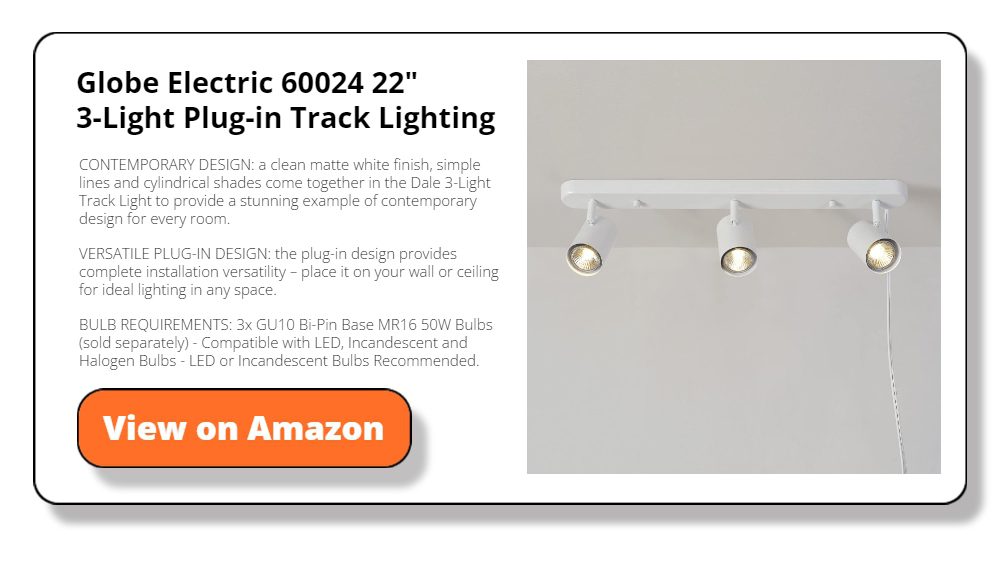
Track Lighting
Track lighting offers the flexibility to aim light where you need it most. The tracks can hold multiple light heads, allowing you to adjust each one for tasks like ironing or stain removal.
Wall Sconces
Wall sconces can provide both task and accent lighting. Install them at eye level on either side of work areas for best results. They add a decorative touch while freeing up ceiling and counter space.
Skimping on Appliances
Imagine finally dedicating time and effort to renovate your laundry room, and then you decide to go cheap on the appliances. Sounds like a recipe for regret, right? Many people fall into this trap to save some quick bucks, but it’s a move that could haunt you in the long run.
Let’s get real; a bargain washing machine might feel like a win now, but wait till you see your skyrocketing electric bills. These budget options usually don’t have the bells and whistles that make your life easier—think smaller load capacities and less efficient cycles. That translates to more time in the laundry room, not less.
And don’t forget about repairs. Cheaper isn’t always better when you find yourself on a first-name basis with the repair guy. Each visit is a ding to your wallet and a big hassle in your daily life.
Saving a few dollars now could cost you more than you think. When it comes to laundry room appliances, you get what you pay for. So consider it an investment in your peace of mind, not just a purchase.
Overlooking Ventilation
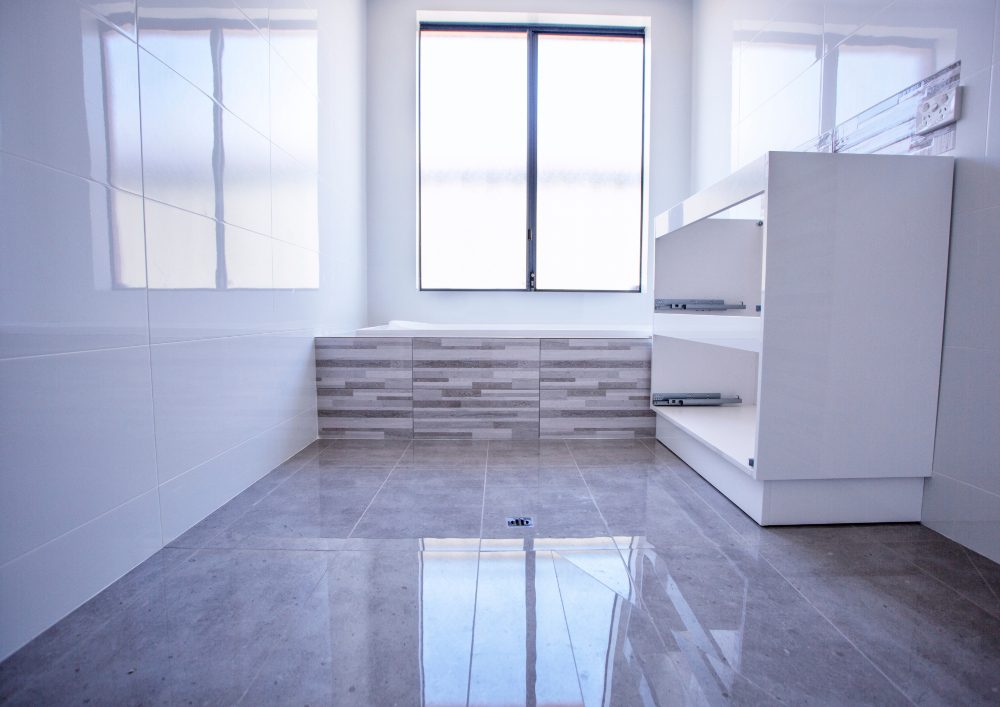
Hazards of a Poor Airflow
Overlooking ventilation is a critical mistake in laundry room renovation. Homeowners often focus on visible elements like appliances, flooring, and paint, neglecting ventilation’s less obvious but crucial aspect. A poorly ventilated laundry room can lead to many issues, including mould growth and unpleasant odours.
Mould thrives in damp environments, and a laundry room without good airflow is a perfect breeding ground. Mould not only damages your home’s structure but can also pose health risks. Bad smells are another concern; the room becomes stuffy and the air stagnant without proper ventilation.
Failure to plan for ventilation can also impact the efficiency of your appliances. Poor air circulation can extend drying times, leading to higher energy bills. Additionally, excess humidity can harm your devices and decrease their lifespan.
Ignoring ventilation is not an option for a functional and healthy laundry room. It’s an integral part of the design that ensures your space remains clean, fresh, and efficient.
Ventilation Options for Laundry Rooms
Below are ways you can improve the airflow of your laundry room:
Exhaust Fan
Installing an exhaust fan is a straightforward way to improve ventilation. The fan pulls out damp air and odours, making room for fresh air. It’s especially useful for rooms without windows.
Louvred Doors
If your laundry room has a door, consider replacing it with a louvred door. The slats allow for better air circulation, helping to keep the space dry and fresh.
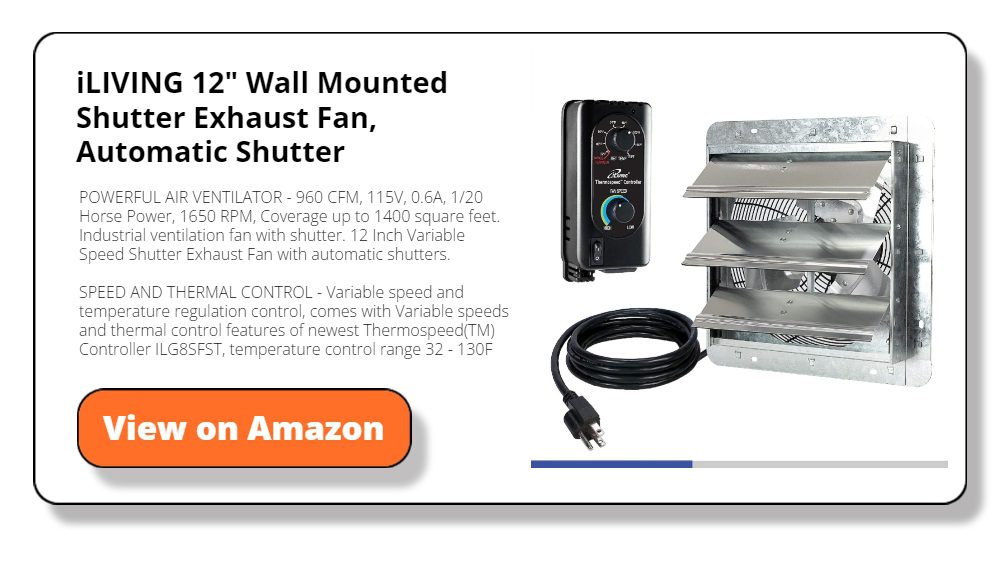
Air Vents
Adding air vents near the ceiling can help circulate air naturally. This is a passive solution but effective in maintaining a less humid environment.
Windows
If possible, include at least one window in your laundry room design. A window not only provides natural light but also serves as a natural ventilation source. Make sure it’s easy to open and close for maximum benefit.
Ignoring Workflow
Problems of Random Appliance Placement
Ignoring workflow is a common mistake in laundry room renovations. Homeowners often jump straight into picking appliances and colours without considering how they will move and work in the space.
The layout may look good on paper but be impractical for daily use. A poorly planned workflow can make your laundry chores inefficient and frustrating.
Issues arise when the washer and dryer are too far apart or there is insufficient space for sorting and folding. You might also find your laundry baskets, ironing board, and cleaning supplies scattered in inconvenient spots. These can make the simple task of doing laundry cumbersome and time-consuming.
Imagine a laundry room as large as a dining area with a washer and dryer set on the opposite side of the room. Moving your clothes between each appliance can be a hassle, especially if you do it twice a week. You could spend your free time and energy on something else, like cooking dinner or tending to your plants.
Improving Your Laundry Room Workflow
Here are ways you can make laundry less of a chore for your family:
Zoning
A zone is where one kind of job or task is being done, like your washer for cleaning the laundry and an iron board for ironing your clothes. Setting the zones of your laundry room will help you in workout out a floor plan.
Counter Space
Adding ample counter space near your washer and dryer is a game changer. A countertop allows for easy sorting of dirty clothes before washing and provides a dedicated area for folding clean laundry. It’s not just a flat surface; it’s a multipurpose workstation that improves efficiency. If you add under-counter storage, you’ll have quick access to laundry detergents, fabric softeners, and other supplies right where you need them.
Open Floor Plan
An open floor plan gives you the freedom to move around easily. Too many obstacles or a cramped layout can make carrying laundry baskets or access appliances hard. You improve mobility by keeping the floor clear and ensuring a spacious layout. An open floor also allows for easier cleaning and minimizes areas where clutter can accumulate.
Not Planning for Utility Connections
Ignoring the Plumbing and Electrical Connections
Picture this: You’ve got this sleek new laundry room design planned out. It’s going to look like something straight out of a magazine. But then you realize, too late, that you didn’t think about where the water lines or outlets would go. A beautiful laundry room is great, but not if it’s not functional.
It’s easy to get swept away with paint colours and tile choices and totally forget about the nuts and bolts. So, you place your washer on the opposite side of the room from the water source. Now you’ve got to run extra-long pipes, which looks messy and could also be a code violation. Talk about a reality check!
And let’s not even talk about extension cords zigzagging across the floor. Apart from being an eyesore, they’re a trip-and-fall accident waiting to happen.
Don’t let this be you. Ignoring the basics like plumbing and electrical connections can lead to a laundry room that’s more of a headache than a help. It could also get you in hot water with the local authorities. Trust me, it’s not worth skimping on the essentials.
Ways to Avoid Electrical and Plumbing Problems
Below are ways you can avoid connection issues when renovating your laundry room:
Consult a Professional
The first step in avoiding utility connection mistakes is consulting a professional. An electrician or plumber can guide you on the best outlets, water lines, and drainage locations. They can also ensure your plans meet local building codes, avoiding legal issues down the line.
Map Out Utilities
Before starting the renovation, create a detailed map of where each utility connection will go. This should include electrical outlets, plumbing lines, and venting systems. Having a mapped plan will serve as a guide for contractors and help prevent last-minute, costly changes.
Flexible Connections
Consider installing flexible water lines and electrical outlets that can accommodate changes in your appliance placement. Flexibility in your utility setup means that if you move your washer or dryer later, you won’t have to redo the entire plumbing or electrical work.
Test Before Finalizing
Before sealing up walls or laying down flooring, test all utility connections. Turn on the water to check for leaks, and plug in some devices to test electrical outlets. Trying everything before setting the walls or flooring is the best time to identify and fix any issues, saving you from costly repairs later.
Conclusion
Renovating your laundry room is more than just a cosmetic upgrade; it’s about creating a functional and efficient space. From choosing the right location to planning for utilities, each decision significantly impacts how well your laundry room serves you.
By being mindful of these considerations, you’re on your way to a laundry room that’s beautiful and highly functional.

